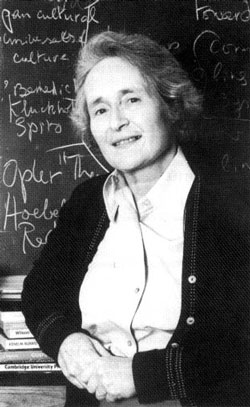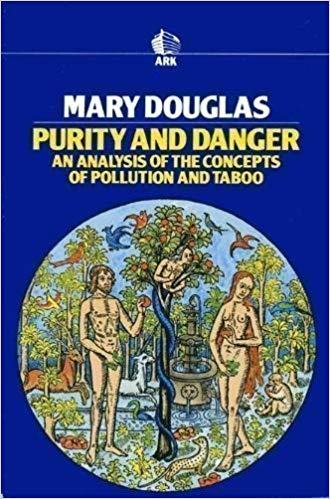REMEMBERING MARY DOUGLAS
May 22, 2019
By: Yesmar Oyarzun
Every month, the Flashbacks blog highlights events, people, and organizations that connect 4S and New Orleans in celebration of our annual meeting returning to New Orleans 25 years after our last NOLA-based meeting. This month, we want to spotlight a scholar: Mary Douglas.


Douglas started out her anthropological career as a student of E.E. Evans-Pritchard and M.N. Srinivas doing classical anthropological study among the Lele of the Kasaï region of what is now the Democratic Republic of the Congo. She published numerous writings on the, daily lives, religious rituals, and other customs of the Lele.
Her interests in their rituals eventually led to her groundbreaking work, Purity and Danger (1966), in which she gave us the knowledge that dirt is but matter out of place. Douglas’s goal in Purity and Danger was to unite the concepts of religious and secular defilement and show that conceptions of what constituted dirt, purity, and impurity depended on broader cultural meanings.
Douglas’s next major work was Natural Symbols (1970). In Natural Symbols, Douglas again took on ritual and society, proposing the idea that the boundedness and structure of a society determined its ritual behavior. More though, she theorized that the action, the rituals, preceded the myths that kept them stable. This book also continued Douglas’s preoccupation with risk, which she continued to work on for years.
In Mary Douglas’s later career, she began to shift her interests more toward religion and institutions. She took up posts in humanities and religious studies departments in the United States. Mary Douglas continued to work and publish for many years after winning the Bernal Prize, publishing her last book in 2007, the year of her passing.
Mary Douglas’s work will continue to inspire new generations of STS scholarship as scholars continue to study topics such as environmental risk, waste, hierarchy, and institutions.
